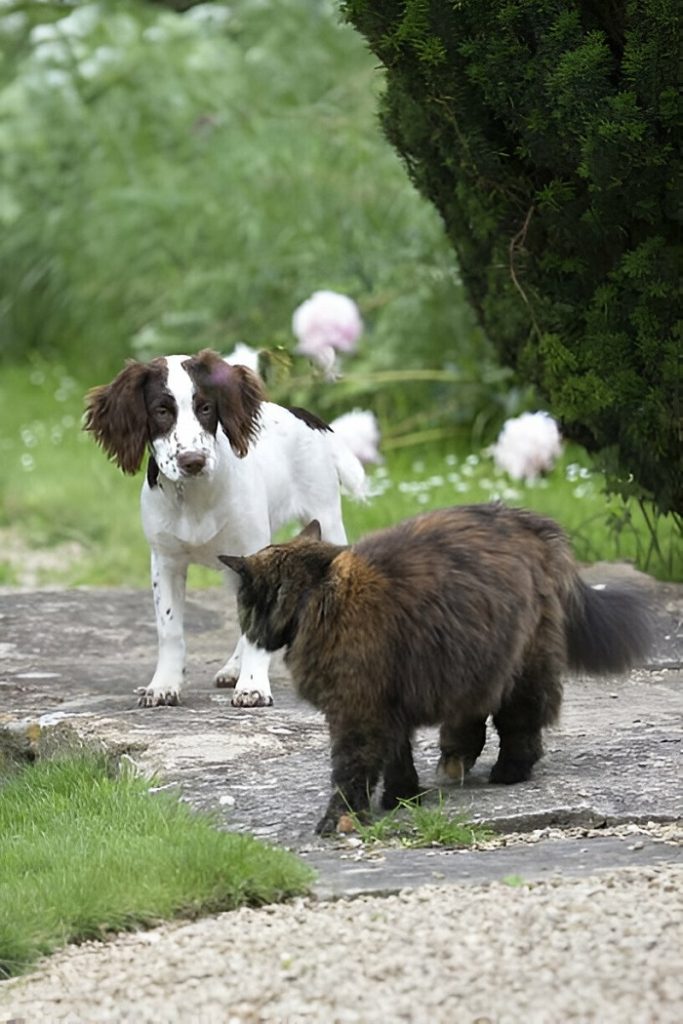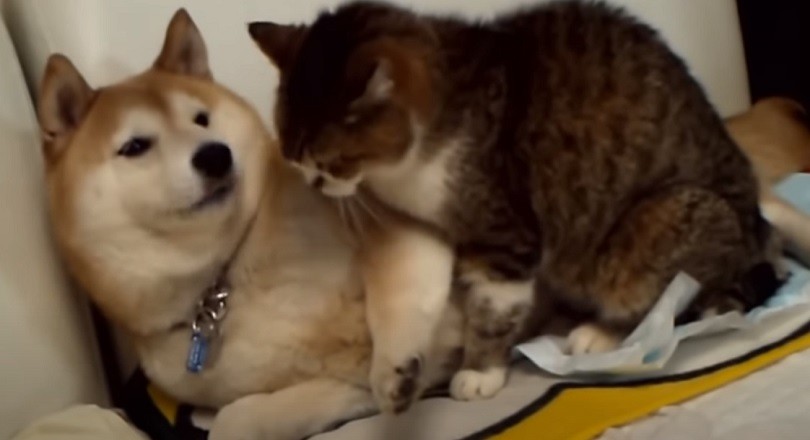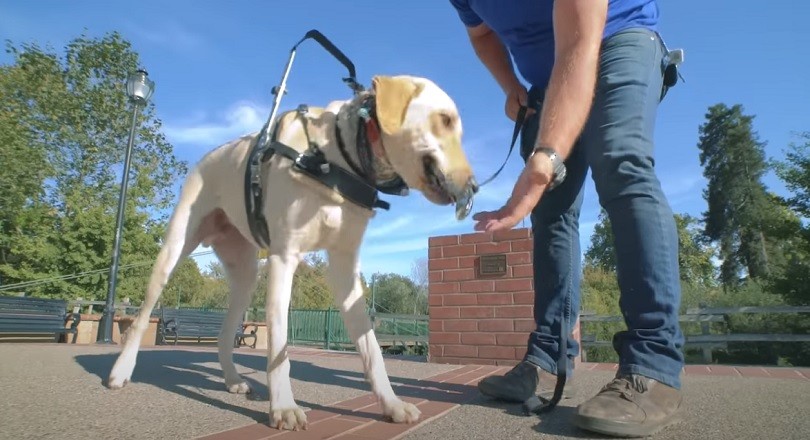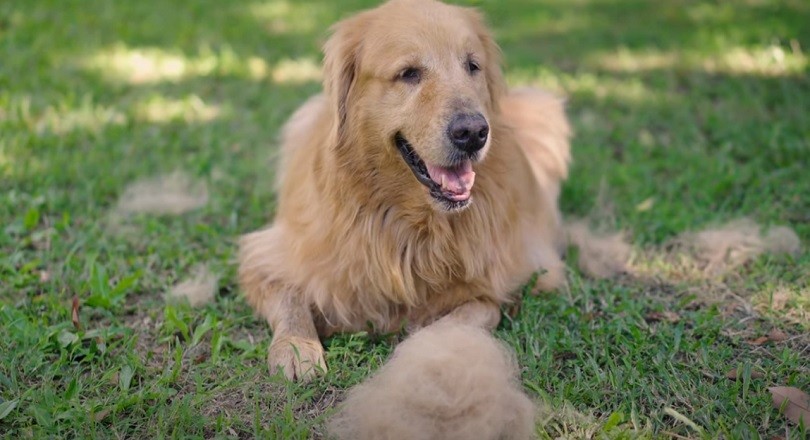Last Updated on February 28, 2025
Cats do not think dogs are cats. They recognize dogs as a different species.
Cats and dogs have distinct ways of perceiving the world. Each species uses unique senses and communication methods. Cats rely heavily on their sense of smell and vision. Dogs, on the other hand, depend more on their sense of smell and hearing.
Cats and dogs communicate differently through body language, sounds, and scents. These differences help cats identify that dogs are not the same as them. Understanding these distinctions helps pet owners foster better relationships between their cats and dogs. By recognizing the unique traits of both species, owners can ensure harmonious living conditions for their pets.
Feline Perception Of Canines

Have you ever wondered if cats see dogs as other cats? The way cats see the world is quite different from humans. Understanding their perception helps us see if they recognize dogs as a separate species.
Species Recognition In Cats
Cats have keen senses. They rely on sight, smell, and sound to identify others. These senses help cats recognize different species.
Vision: Cats see the world differently from humans. They have fewer color receptors but better night vision. They might not see dogs in full color, but they notice size and shape.
Smell: Cats have a strong sense of smell. They use it to identify friends, foes, and different species. Dogs have a unique scent that cats can distinguish from other cats.
Sound: Cats listen to the sounds around them. Dogs bark, growl, and whine. These sounds are different from the meows, purrs, and hisses of cats. Cats can tell the difference.
How Cats Interact With Dogs
Cats and dogs can live together. Their interactions depend on their personalities and experiences.
- Curiosity: Cats may be curious about dogs. They might sniff or watch them from a distance.
- Play: Some cats and dogs play together. They chase, wrestle, and share toys.
- Fear: Some cats are scared of dogs. They might hide, hiss, or swat at them.
- Friendship: Cats and dogs can become friends. They may groom each other, sleep together, and share food.
Here is a table summarizing cat and dog interactions:
| Interaction Type | Description |
|---|---|
| Curiosity | Cats sniff or watch dogs from a distance. |
| Play | Cats and dogs chase, wrestle, and share toys. |
| Fear | Cats hide, hiss, or swat at dogs. |
| Friendship | Cats and dogs groom, sleep, and share food. |
Cats are unique creatures. Their perception of dogs is based on their senses. Understanding this helps us see how they interact with their canine friends.
Inter-species Communication Barriers
Understanding if cats think dogs are cats involves exploring their communication. Cats and dogs have different ways of expressing themselves. These differences create barriers in their interactions. Let’s delve into these barriers to understand better.
The Language Of Scent
Cats and dogs rely heavily on their sense of smell. They use scents to communicate important information. Cats mark their territory with scent glands on their faces. Dogs mark their territory by urinating in specific spots.
This difference in scent communication can confuse. A cat might not understand why a dog is sniffing everything. Conversely, a dog might misinterpret a cat’s scent marks. This miscommunication can lead to misunderstandings between the two species.
Visual Cues And Misinterpretations
Both cats and dogs use body language to communicate. Cats use their tails, ears, and posture to express feelings. Dogs use their tails, ears, and body movements similarly. But the meanings can differ greatly.
A wagging tail in dogs usually means happiness. In cats, a wagging tail can mean irritation. This difference can lead to misinterpretation. A dog might approach a cat thinking it is happy. The cat, however, might feel threatened.
Facial expressions also play a role. A cat’s slow blink can mean trust. A dog might not understand this subtle cue. This visual miscommunication can create barriers in their interactions.
Behavioral Studies On Cat-dog Relationships
Have you ever wondered if cats think dogs are just big, goofy cats? Scientists have been curious about this too. Many studies focus on how cats and dogs behave around each other. These studies help us understand their relationships better.
Socialization And Its Impact
Socialization plays a big role in how cats and dogs get along. If a cat meets a dog early in life, they are more likely to be friends. Socialized pets are less scared of each other and can live together peacefully.
Training and exposure matter too. If a dog learns to be gentle with cats, they can form a bond. Cats also need to learn that not all dogs are scary. This can happen through positive experiences and gradual exposure.
Observations From Multi-pet Households
Families with both cats and dogs provide valuable insights. Many people notice that their pets develop unique ways to communicate. For example, a cat might use its tail to signal a dog. Dogs often learn to read these signals and respond appropriately.
Here are some common behaviors observed in multi-pet homes:
- Play Fighting: Cats and dogs often engage in playful wrestling. This helps them bond.
- Sharing Space: Pets might share beds or resting areas. This indicates comfort and trust.
- Grooming Each Other: Cats sometimes groom dogs, showing affection.
A table can help summarize these behaviors:
| Behavior | Meaning |
|---|---|
| Play Fighting | Bonding through playful interaction |
| Sharing Space | Comfort and trust |
| Grooming Each Other | Showing affection |
Observations from multi-pet households show that cats and dogs can form strong bonds. These bonds are often similar to those they form with their species.

Frequently Asked Questions
Do Dogs Know That Cats Are Not Dogs?
Yes, dogs can distinguish between cats and dogs. They rely on differences in scent, behavior, and appearance.
Do Cats Think We Are Cats?
Cats do not think we are cats. They recognize us as different but see us as part of their social group.
Do Cats Think Their Owners Are Their Pets?
Cats don’t view their owners as pets. They see them as companions or family. Cats often treat humans like other cats.
What Do Cats Think About All Day?
Cats think about hunting, playing, eating, and exploring their surroundings. They also consider comfort, safety, and human interactions.
Do Cats Recognize Dogs As Different Animals?
Cats recognize dogs as different species. They use their senses to differentiate between various animals.
Conclusion
Understanding cat and dog perceptions can deepen our bond with them. Cats and dogs have unique ways of seeing the world. They may not recognize each other as the same species. Observing their interactions helps us appreciate their differences and similarities.
This knowledge enriches our lives with our beloved pets.




